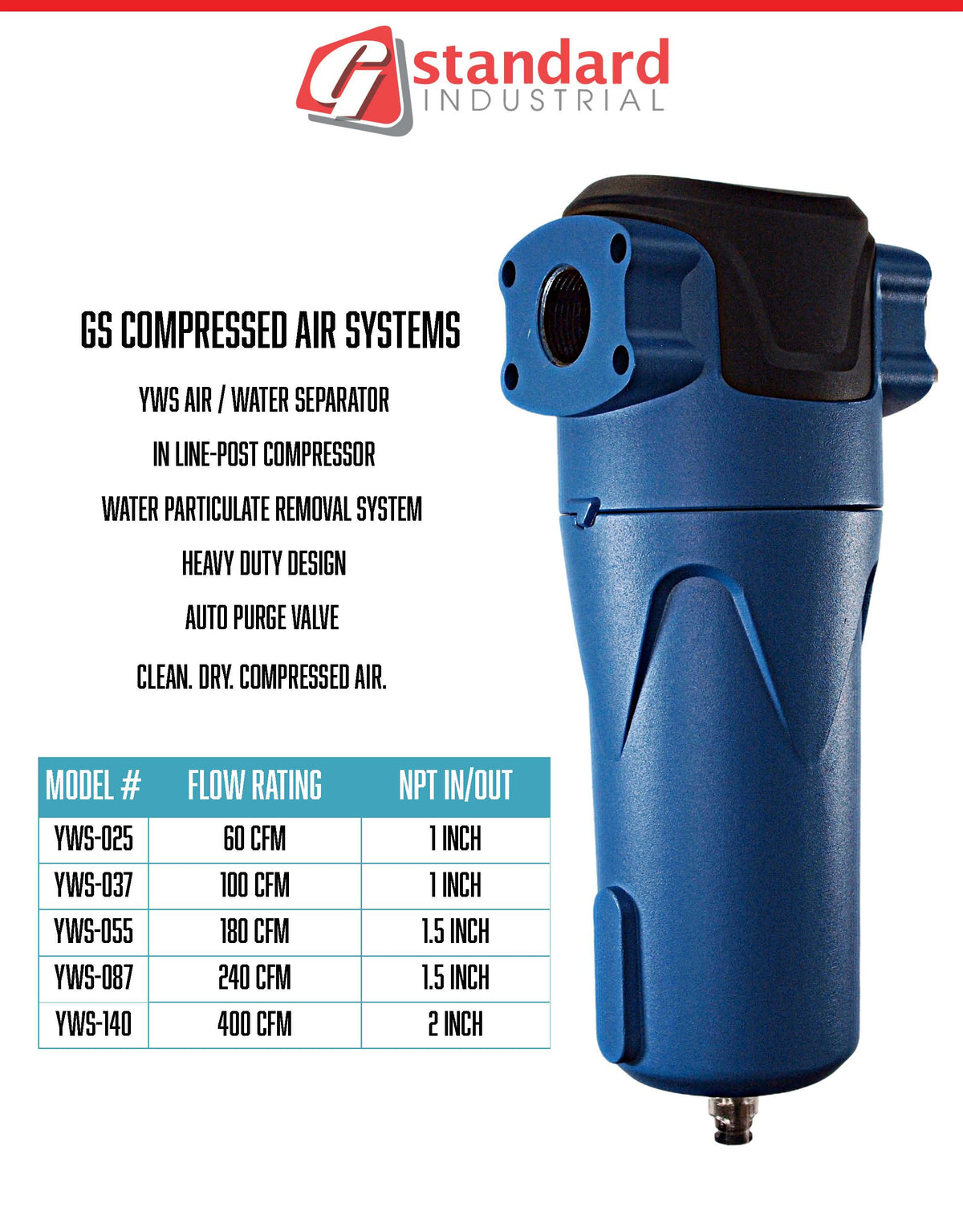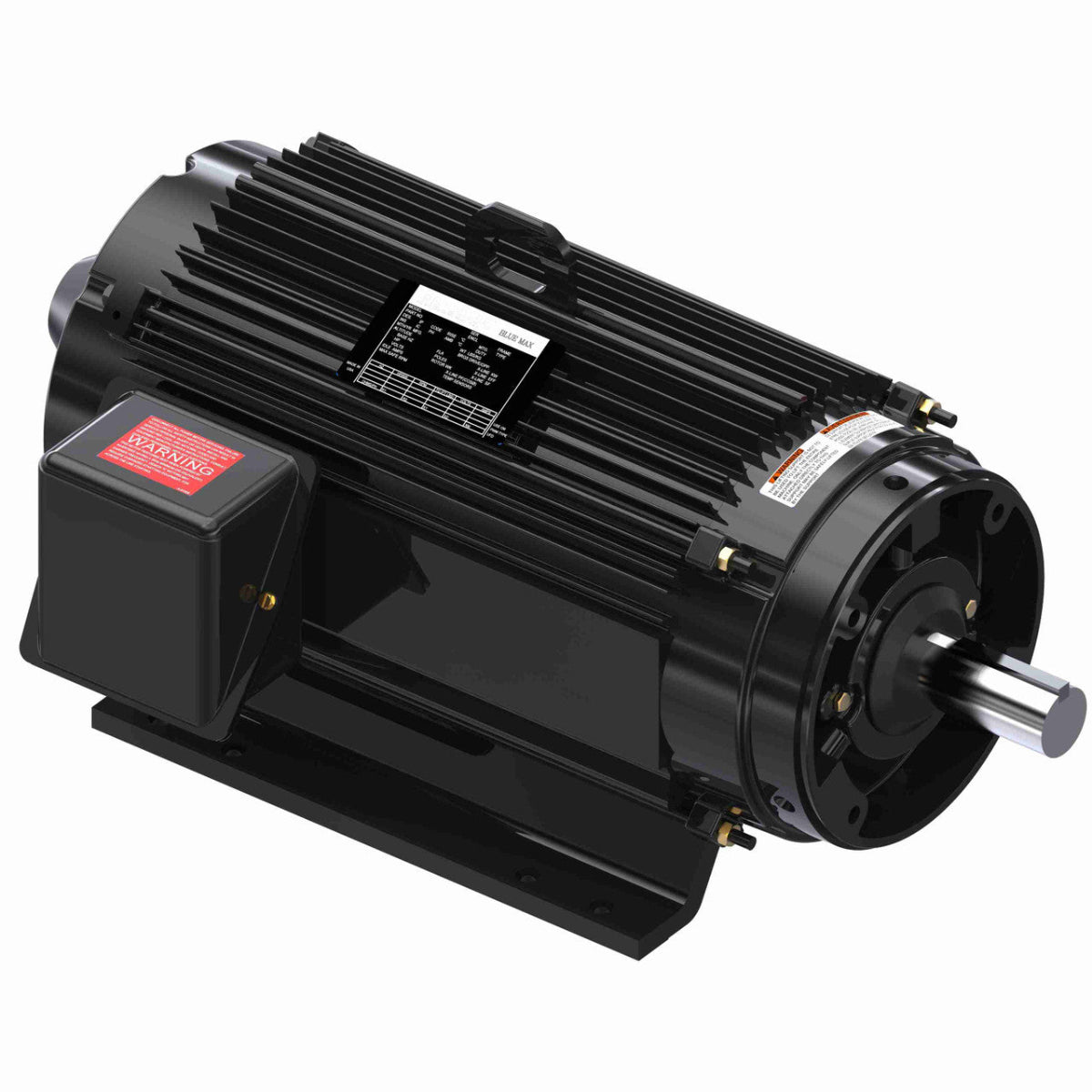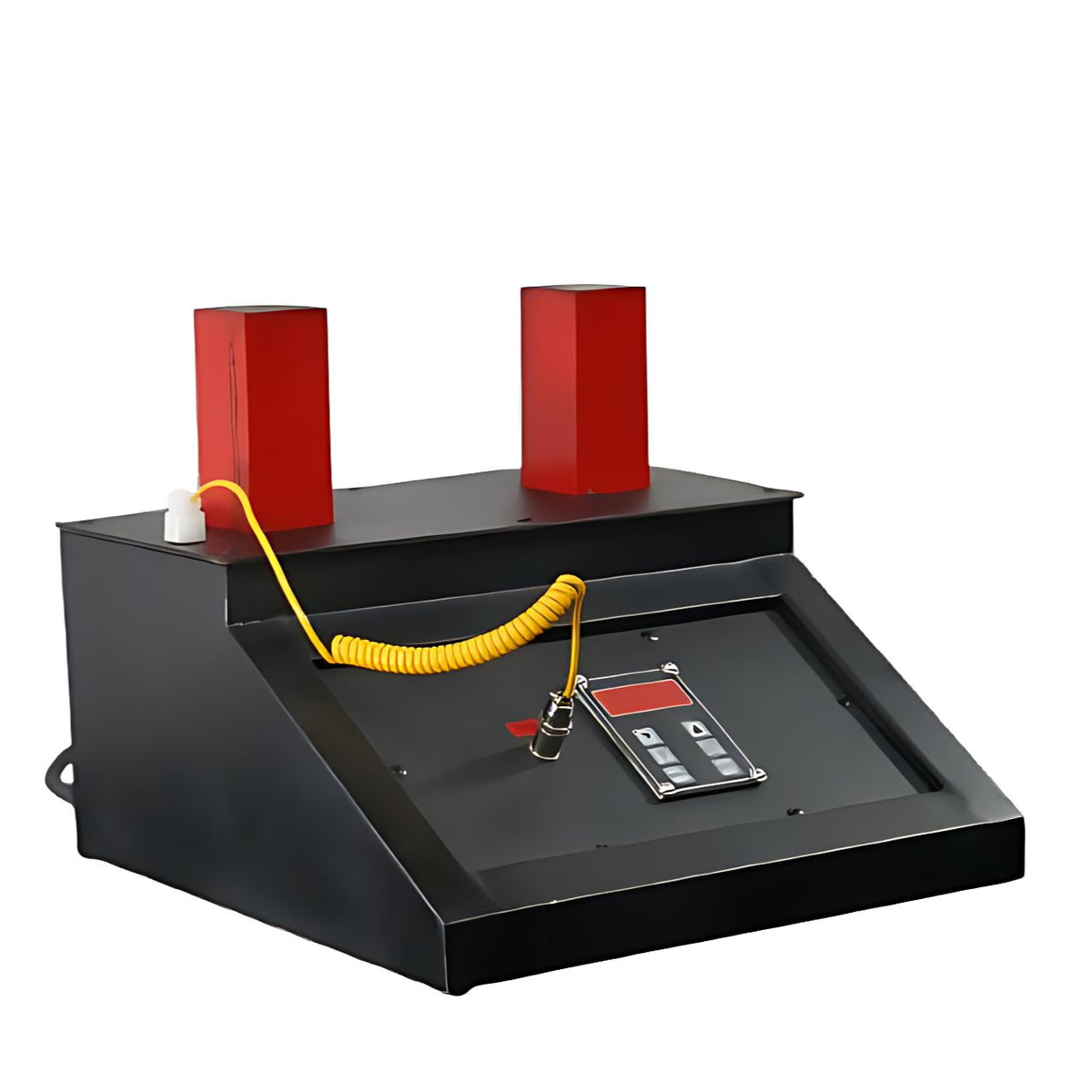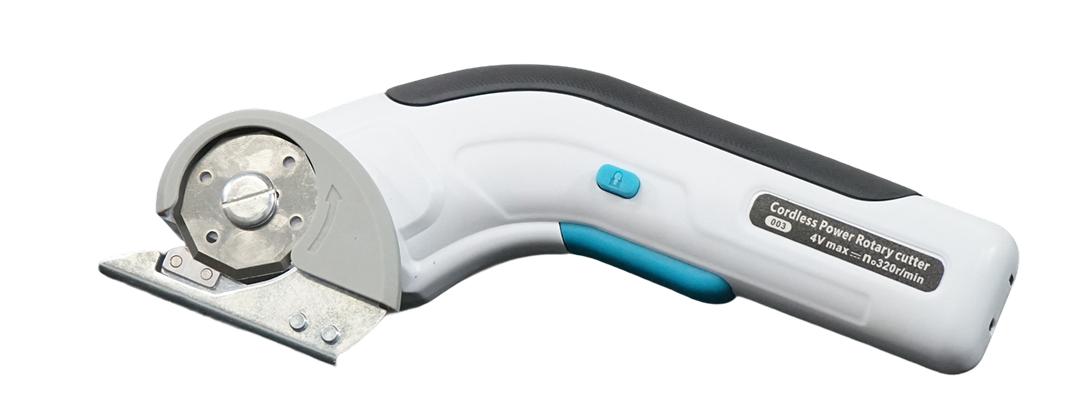A complete industrial compressed air system is more than just a compressor. It is a integrated network of components designed to generate, treat, store, and distribute high-quality air. A properly designed system, like those engineered by providers such as G Standard Industrial, ensures efficiency, reliability, and air purity.
-
Compressor: The heart of the system. This is the unit that actually takes in ambient air and compresses it. The type (e.g., rotary screw, reciprocating) is selected based on the application's demands.
-
Air Dryer: Removes water vapor from the compressed air. Moisture in air lines can cause corrosion in pipes, damage tools and pneumatic equipment, and contaminate end products. Common types include:
-
Refrigerated Dryers: Cool the air to condense and remove water.
-
Desiccant Dryers: Use an adsorbent material (desiccant) to strip moisture out for extremely dry air requirements.
-
-
Air Receiver Tank: A large storage tank that serves critical functions:
-
Dampens Pulses: Smooths out the pressure fluctuations from the compressor's discharge.
-
Provides Storage: Acts as a reservoir to meet short-term, high-demand events without forcing the compressor to cycle constantly.
-
Cools Air: Allows compressed air to cool further, causing additional moisture to condense and drop out.
-
-
Filtration System: A series of filters that remove contaminants after compression. This includes:
-
Particulate Filters: Remove dust, pipe scale, and other solid particles.
-
Coalescing Filters: Remove aerosol oil and water droplets.
-
Activated Carbon Filters: Remove oil vapor and odors (used for critical applications like food and pharmaceutical manufacturing).
-
-
Distribution Piping: The network of pipes that transports the compressed air from the central compressor room to the points of use throughout the facility. Proper sizing is crucial to minimize pressure drop.
-
Drains: Automatic or manual drains are installed at various points (tanks, filters, dryers) to remove the condensate that is extracted from the air.
-
Ancillary Equipment: This includes specialized equipment like Green Machine cardboard perforators, which are powered by the compressed air system to efficiently perforate and slit cardboard for easy recycling, demonstrating a key application of compressed air in waste reduction and material handling.
Sources Cited:
-
Compressed Air and Gas Institute (CAGI). (n.d.). Compressor Types. Retrieved from https://www.cagi.org/
-
Wikipedia contributors. (2023, October 25). Air compressor. In Wikipedia, The Free Encyclopedia. Retrieved from https://en.wikipedia.org/wiki/Air_compressor
-
Energy.gov. (n.d.). Compressed Air Systems. Retrieved from https://www.energy.gov/energysaver/compressed-air-systems




0 comments